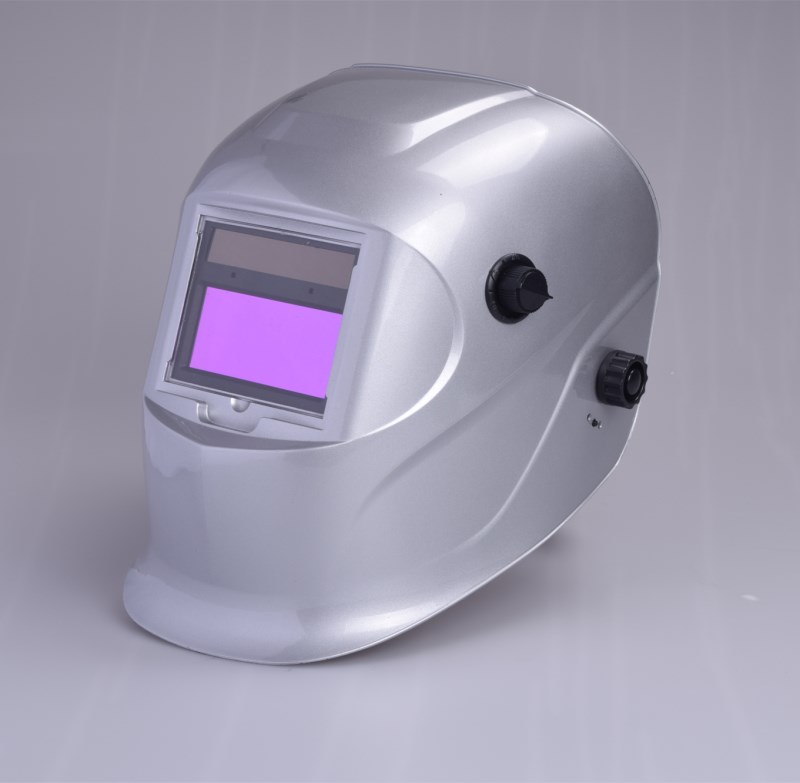
If you already have an existing helmet, you may consider taking a lens that fits that one. As I said, none of them has any advantages and should only depend on your comfort. Others want a lens that narrows your vision down to just the weld area. Some people like to see the surrounding along with the welding spot. It will not affect your welding outcome at any level. Size of the Passive Welding LensĪctually, the size of the welding lens should be based on your preference. It is the most crucial part of a passive shade lens, as not having enough shade for your welding setup can be too risky and cause eye fatigue. For Tig welding with an amp higher than 150, you will require at least shade-12. Tig welding needs shade-8 for 50-amp, shade-10 for 100 to 150 amp. It depends on what welding technique you will perform with the lens and with how much amp.įor instance, MIG welding may require a shade level between 10 to 13, based on its amp need. Since you can’t change the shade of a passive shade lens, you have to pick the accurate shade very carefully. To avoid that, you can follow these steps while buying a passive shade lens- Welding Type You Will Perform Using the Passive Shade Lens

Arc eye can be painful, and you can still get it by using the wrong welding lens. But still, we are talking about your safety. One good thing about passive welding lenses is that they have lesser factors to look into when buying them comparing to auto-darkening ones. For a passive shade lens, you should choose your shade carefully as their shades are unchangeable.

The higher the shade number is, the darker the lens gets and the more rays it can block. So, manufacturers create welding lenses with different shades ranging from shade-4 to 14. Higher amp welding creates more rays and brighter light. But you should still wear protection against them. Even though it is tested to be harmful, there is no scientific proof of IR rays doing irreversible damage to human eyes yet. So, they cause arc eye.Īnother radiation is the IR. But UV-B and C have lower wavelengths and get blocked by the cornea. UV-A may not be that dangerous as it goes through your cornea. Firstly, the UV Rays have three levels- UV-A, B, and C. There are two types of radiation that usually come out of welding arcs. These rays are what we know as radiation. Some non-visible rays also come out of the weld area.

However, the spectrum of the light doesn’t stay within the visible range. As you start an arc, it starts to emit bright light to the surrounding area. At first, let’s talk about how radiation can affect your eyes during a welding project.


 0 kommentar(er)
0 kommentar(er)
